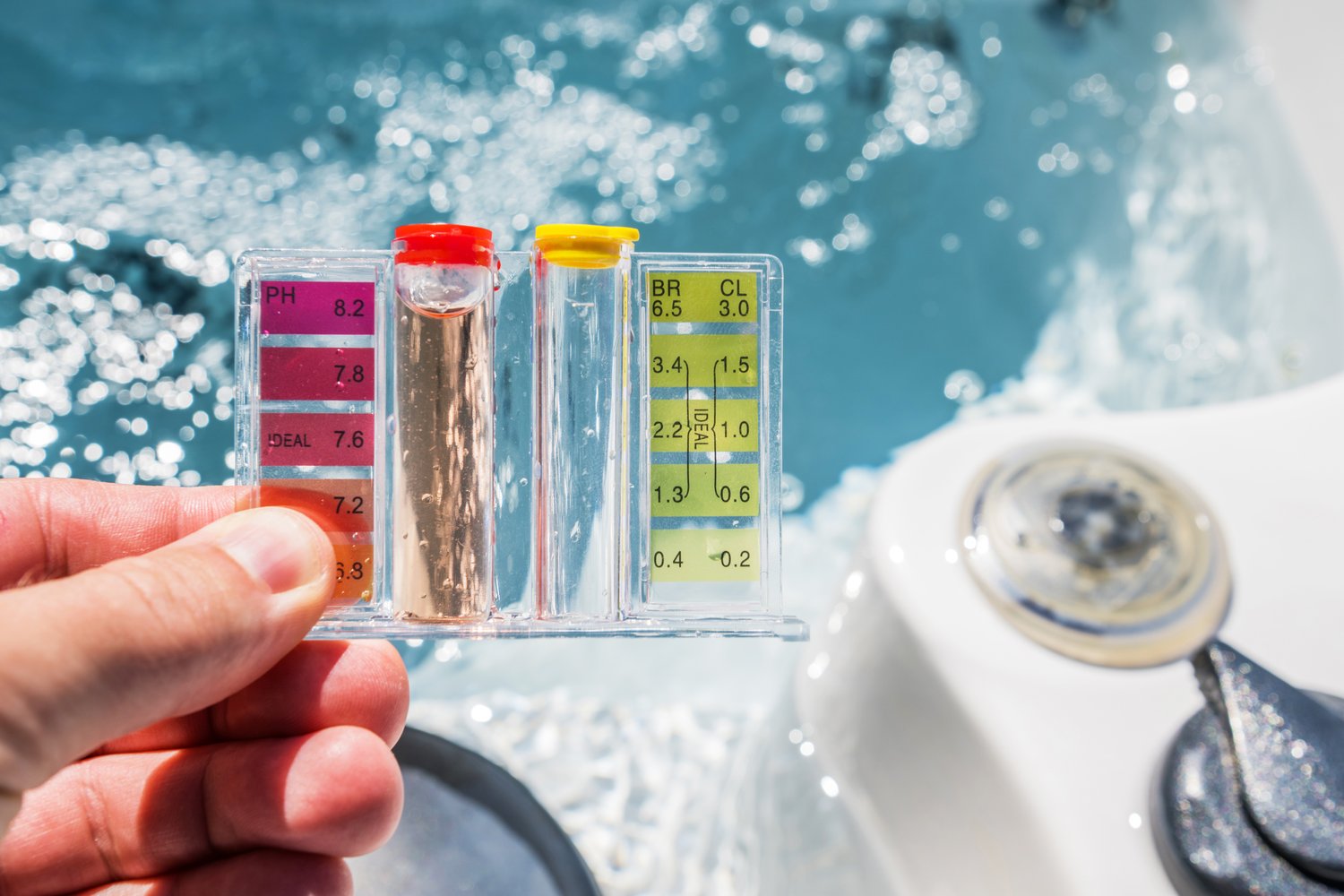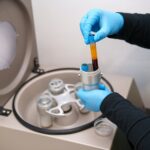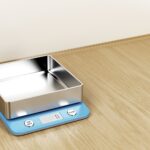When it comes to ensuring the safety and quality of your home’s water supply, relying on a home water quality monitor is a popular choice. However, these devices are only as reliable as their sensors, which can sometimes present challenges. Delve into the intricacies of sensor maintenance and address reading inaccuracies to ensure your water quality assessments remain top-notch.
- Understand the factors leading to errors in water quality monitors and the impact on your water safety.
- Learn effective sensor maintenance techniques that prevent errors, including specific cleaning and calibration methods.
- Identify strategies for diagnosing sensor maintenance issues to rectify reading inaccuracies and enhance monitor performance.
By exploring these key aspects, you’ll gain the knowledge necessary to maintain your water quality monitor’s accuracy, ensuring peace of mind in the quality of your household water supply.
Understanding Home Water Quality Monitor Errors: Sensor Maintenance and Reading Issues
Home water quality monitors are essential tools for ensuring the safety of drinking water in residential settings. However, these devices are not immune to errors, particularly related to sensor maintenance and reading inaccuracies. Understanding these challenges is vital for maintaining accurate readings and ensuring the device performs optimally.
Several types of errors can occur due to inadequate sensor maintenance. These include sensor drift, where readings become unreliable over time, and sensor fouling, caused by a buildup of materials like minerals and organic compounds on sensor surfaces. Both issues can significantly impact the accuracy of water quality assessments.
Reading inaccuracies can also arise from interference by other substances in the water. For instance, the presence of chlorine might alter the readings of certain sensors designed to measure pH levels or detect contaminants, leading to misleading results. Such errors can have serious implications, as they might prevent timely detection of potential water safety issues.
Additionally, improper calibration of sensors can amplify inaccuracies. Without regular calibration, sensors may provide erratic readings, undermining confidence in the monitor’s results. Knowing these potential pitfalls is crucial for anyone using water quality monitors in their home.
Maintaining Sensors for Accurate Readings
Regular maintenance is key to ensuring the sensors in your home water quality monitor operate as they should. One of the first steps is to routinely clean the sensors. Use a soft brush and mild soap solution to gently remove any buildup or deposits that can lead to sensor fouling. Avoid abrasive cleaners that might damage the sensor surface.
Another critical aspect is regular calibration. Calibrate your sensors according to the manufacturer’s instructions. This practice adjusts the sensor’s output to match a known standard, counteracting any sensor drift that might occur with prolonged use. Performing calibration at regular intervals helps maintain consistent accuracy in readings.
Preventative measures are equally important. Using a pre-filter can reduce the load of particulates reaching the sensors, thereby minimizing the risk of fouling. Also, consider the placement of the monitor; keeping it away from sources of potential interference can enhance its ability to provide reliable readings.
Following these maintenance practices not only ensures accurate water quality assessments but also prolongs the life of your monitoring equipment, safeguarding your health and investment.
Troubleshooting Home Water Quality Monitor Errors: Sensor Maintenance and Reading Issues
Home water quality monitors are crucial for ensuring safe drinking water, but they can sometimes present challenges like sensor maintenance problems and inaccurate readings. Understanding these troubleshooting techniques can help you maintain optimal performance and ensure the reliability of your monitoring system.
Identifying Common Sensor Issues
Inaccurate readings often stem from sensor malfunctions. Common problems include sensor fouling, where debris or mineral deposits accumulate on the sensor surface. This can lead to skewed measurements of water parameters such as pH, turbidity, or conductivity.
Electrical interference is another factor that can affect sensor accuracy. External electrical devices or improperly shielded cables may disrupt readings, leading to erroneous results. Inspect your setup to ensure cables are properly insulated and not exposed to potent sources of electrical noise.
Step-by-Step Troubleshooting Guide
Begin by conducting a visual inspection of the sensor. Check for obvious signs of wear or damage. If the sensor appears dirty, gently clean it according to the manufacturer’s recommendations. This can often restore accurate readings.
Recalibrate your sensors regularly to maintain their accuracy. Calibration involves comparing the sensor’s readings with a known standard. By doing this, you can adjust the sensor to correct any drift that may have occurred over time.
If calibration and cleaning don’t resolve the issue, assess the entire monitoring system. Ensure all connections are secure and check for any software updates for the monitor’s software. These updates can address potential bugs that might affect performance.
For persistent problems, it might be beneficial to reach out to customer support or refer to professional services. Sometimes the solution may involve replacing the sensor or other components if they’re found to be faulty.
Implementing Long-term Solutions
Once the issue is diagnosed and resolved, consider implementing preventative measures to minimize future sensor maintenance errors. Regular cleaning schedules and consistent recalibration routines are effective practices. Additionally, stay updated with the latest guidance from the manufacturer to maintain system integrity.
By addressing sensor maintenance and reading issues promptly and effectively, you can ensure the continuous accuracy of your home water quality monitor, thereby safeguarding your water supply effectively.
Frequently Asked Questions about Home Water Quality Monitor Errors
What are the common errors in home water quality monitors?
Common errors include inaccurate sensor readings and poor sensor maintenance, often leading to incorrect water quality assessments.
How often should I clean the sensors in my water quality monitor?
You should clean the sensors at least once a month to ensure accurate readings and prevent fouling.
What is the best way to calibrate water quality sensors?
Calibrate sensors using standard solutions recommended by the manufacturer, following the device’s specific calibration procedure.
How can I troubleshoot reading inaccuracies?
Check for sensor damage, ensure proper calibration, and regularly clean the sensors to diagnose reading inaccuracies.
Why is regular sensor maintenance important?
Regular sensor maintenance prevents buildup that can cause errors, ensuring reliable water quality monitoring.





